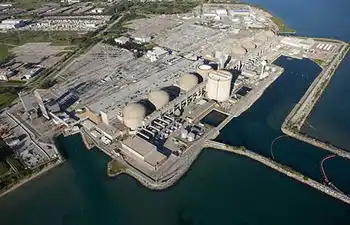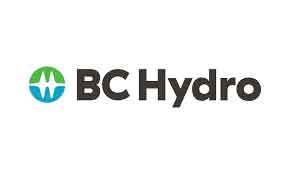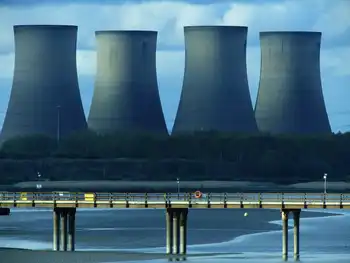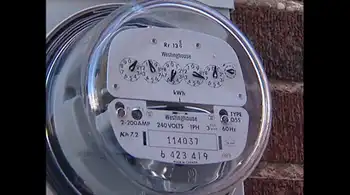Stressed solar looks beyond Wall Street
Government sources, state-owned banks for Chinese players and small investment advisory firms are stepping into the shoes of the big banks that helped companies solar companies raise millions in the public markets during their first waves of expansion.
The still-emerging solar power industry is hoping to return next year to its annual growth rate of 50 percent after a difficult year of falling panel prices and tight credit.
To compete and gain market share, many companies are looking to boost their output of panels that convert sunlight to electricity, a process that often requires outside capital.
A few years ago, investment banks like Goldman Sachs, Credit Suisse and JP Morgan were known as the go-to guys for solar fund-raising.
But in the current market, "it's wide and diverse," said Scott Sweet, senior managing partner at advisory IPO Boutique.
Boutique investment bank Coady Diemar receives queries each week from two to five companies for help raising money, said Cliff Adams, managing director at the bank, which has closed deals of up to $105 million.
"We turn down 80 to 90 per cent of everyone that contacts us," Adams said.
Gary Vollen, managing director of Robert W. Baird & Co's clean technology investment banking, said his firm also gets a number of inquiries but is unlikely to take up any of them.
More than ever, companies will have to consider multiple sources of funding and convince big investors that they have something unique, like a new technology or good backlog of real orders, he said.
"It would be government money. It would be debt. It would be equity and it would be cash flow," Vollen said. "It would be all of those things that would finance the growth."
A number of solar companies have public goals for expansion but few have identified their source of funds.
Jenny Chase, analyst with London-based research firm New Energy Finance, estimates that the solar sector could add two gigawatts of capacity in 2010, amounting to $2 billion or more of capital investment.
Industry bellwether First Solar Inc said that it would boost its annual capacity to 1.8 GW by 2012, or enough panels to equal the power output of an average nuclear plant.
The news follows plans by Chinese players Trina Solar Ltd and Canadian Solar Inc to expand their annual production capacity in 2010, adding 350 megawatts and nearly 200 megawatts, respectively, while Suntech Power Holdings Co Ltd plans to invest $200 million to increase global capacity by 400 MW to 1.4 gigawatts.
European players Q-Cells AG and Renewable Energy Corp are aiming to set up new factories in Asia of at least 500 MW in the coming years.
Meanwhile California-based SunPower Corp is moving to set up a new U.S.-based manufacturing facility as well.
Each megawatt of new capacity is expected to cost $2 million for companies that make parts for the solar supply chain, according to Raymond James analyst Pavel Molchanov.
While top tier companies, like First Solar, may be insulated from the pain of raising funds as they have the luxury of turning to their own cash flows, many smaller companies are scrambling to finance expansion.
Smaller solar players are adjusting their fund-raising strategies, opting for smaller rounds of financing and seeking the help of boutique investment banks, said Mike Hall, chief executive of privately held U.S. solar power system installer Borrego Solar Systems.
Companies are also relying on government funds to fill gaps in funding. While the U.S. stimulus for the solar industry is crucial for the industry, most of the needed capital is still seen as coming from the private equity and debt markets, and to a lesser extent from stock equity.
For those who turn to the public markets, recent efforts by solar firms to raise capital there do not bode well. Chinese company Trony Solar Holdings Co Ltd shelved its IPO this month, and U.S.-based STR Holdings Inc debuted below its already cut target price.
"The market has caught on that the margins are getting squeezed and it's like ten people are on first base," Sweet, at IPO Boutique, said.
Related News

Ontario explores possibility of new, large scale nuclear plants
TORONTO - Ontario is exploring the possibility of building new, large-scale nuclear plants in order to meet increasing demand for electricity and phase out natural gas generation.
A report late last year by the Independent Electricity System Operator found that the province could fully eliminate natural gas from the electricity system by 2050, starting with a moratorium in 2027, but it will require about $400 billion in capital spending and more generation including new, large-scale nuclear plants.
Decarbonizing the grid, in addition to new nuclear, will require more conservation efforts, more renewable energy sources and more energy storage, the report concluded.
The IESO…





